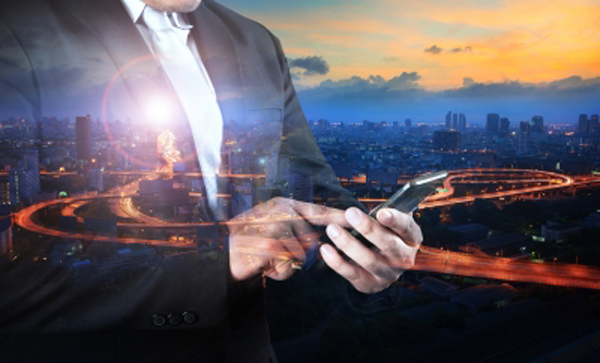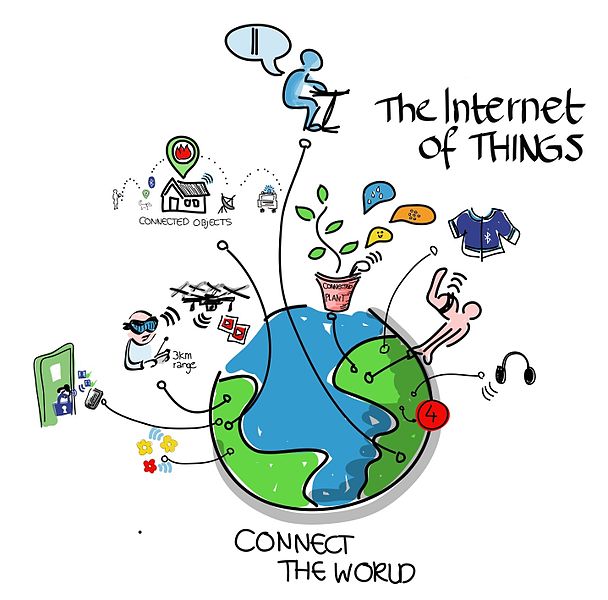Smart Cities: Intelligent Urban Living
Cities are a sign of progress in every country. Busy streets, blinking lights, and moving cars are evidences of a living and breathing metropolis. The waves of industrial revolutions over the past century have given us the capacity to expand urban development farther and taller. Fossil fuels, steel, and nuclear power are some innovations that have helped cities grow in size and population. But as we approach the the next decades, a new revolution is bubbling up.
Governments today are invested in looking for long-term solutions to the problems previous generations could not solve. The innovations of the past could help grow cities, but not sustain them. Industrial growth has lead to the destruction of the environment and has manifested into many forms including climate change.
The onus is on today’s generation and sustainability is at the forefront of development. With the aid of today’s technology, cities are becoming “smarter”. This is where the term ‘smart cities’ come from.
What can a ‘smart city’ do?
Some people call this “industry 4.0” but what really are smart cities?
The definitions vary greatly as it is often used as a catch-all term to indicate the use of ICT to run a city. Some basic tenets may include the collection of various data so mayors and other officials can make data-driven decisions in running a city. It may also involve the use of sensors and microchips installed in various infrastructures so city officials can manipulate or adjust certain settings or conditions.
The Smart Cities Council, a US based group that advocates for the sector, cited some ways on how a smart city could operate by providing ICT-driven solutions to benefit its citizens and the environment.
Water
In a smart city, water flow can be controlled remotely to stop leaks or ensure calculated use of water (in plants for example). Cities like Jerusalem and Olds in Canada have demonstrated the use of ICT in monitoring the local water system to almost real-time, allowing them to detect and repair pipe bursts and leaks as soon as they happen. Water quality could also be monitored and assessed remotely for the presence of certain harmful elements in tap water like lead.
Energy
The ability to control energy consumption is another feature of a smart city. With the help of sensors and other devices, street lights can now be controlled remotely and individually. Instead of lamp posts all having the same brightness, a smart city can have different amounts of brightness depending on the area or some can be turned off or on. Some cities in Spain have worked out some ICT lighting solutions and has saved more than 50 percent in energy expenses. Over in China, tech giant Huawei, recently launched their Connected City Lighting Solution, where lamp posts can be controlled individually by a city manager.
Safety
Safety is a top priority for citizens and a smart city knows this too. Crime can be kept at bay as people are now more connected and information is shared across the data systems of the city. For example, Chicago was able to capture a criminal with the use of facial recognition technology. Surveillance footage was used to match with existing records stored in a cloud. Other cities like London uses sensors to ensure safe pedestrian crossing.
Transportation
The excitement of smart cities can perhaps be best seen in the way traffic and transportation will be handled. One such option is monitoring and controlling traffic lights individually. Cities like Minnesota utilized sensor data and advanced monitoring techniques to junk the old method of manually adjusting the wait time in traffic signs depending on observations. Smart cars also have a part to play in a smart city. Traffic is now controlled by the city as vehicle movement is done in coordination with the data being fed to the city manager or traffic manager.
Our future in the Internet of Things
Smart cities are only a part of the larger scheme called the Internet of Things. The IoT is a way of connecting various things to the internet so they can be manipulated or operated remotely, manually and /or automatically. India is one of the countries who have been capitalizing on the IoT to develop a hundred smart cities in the next decades. They have set up a competition called the smart cities challenge to encourage the development of smart cities in their country.
Soon, smart cities will start to change the way we live.

